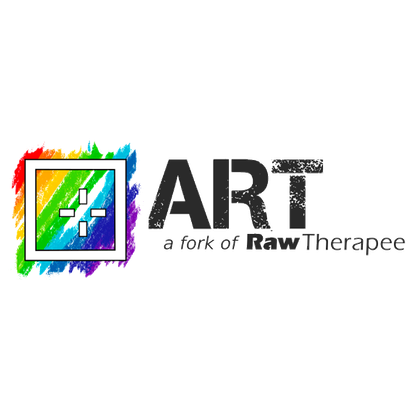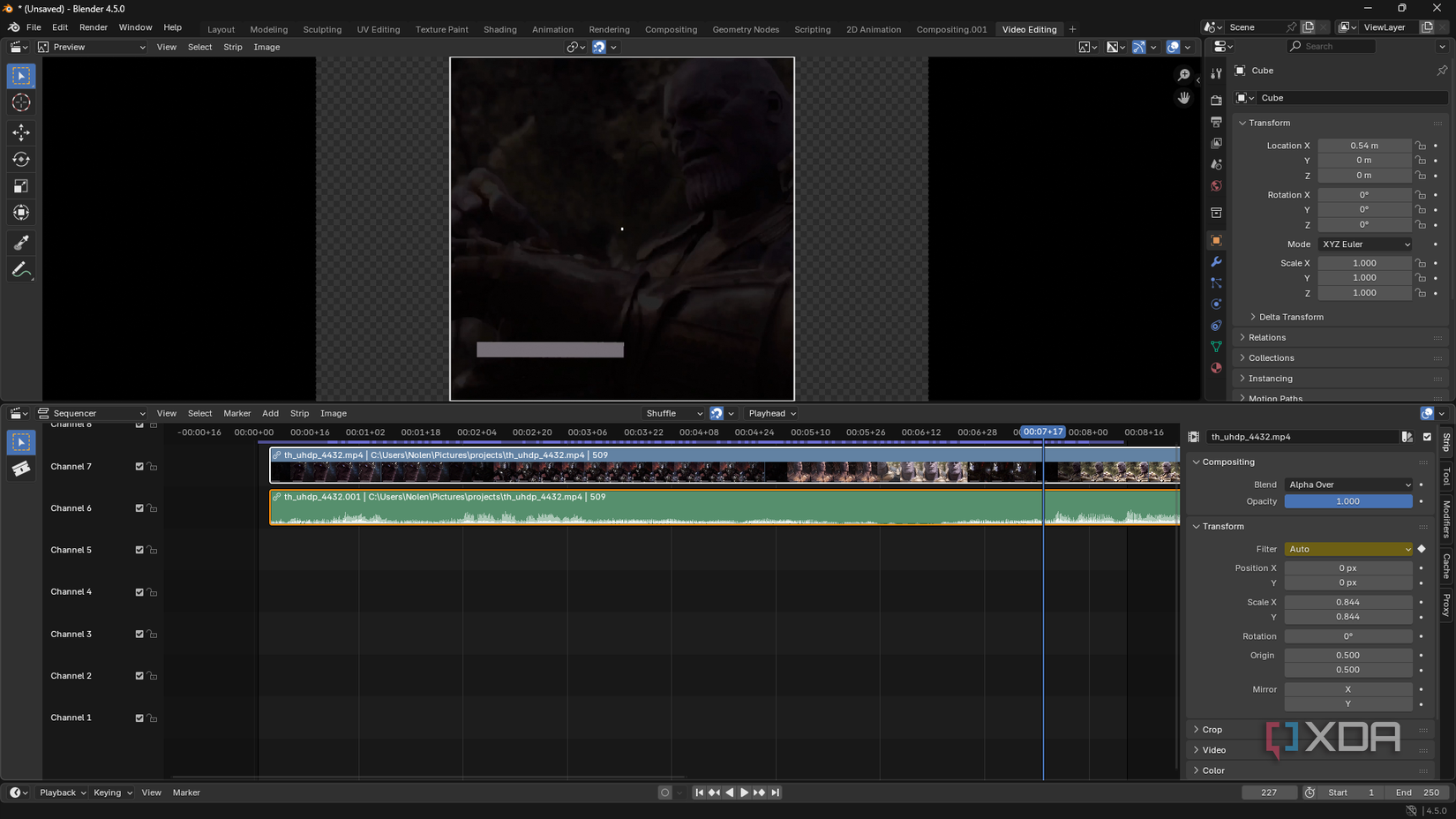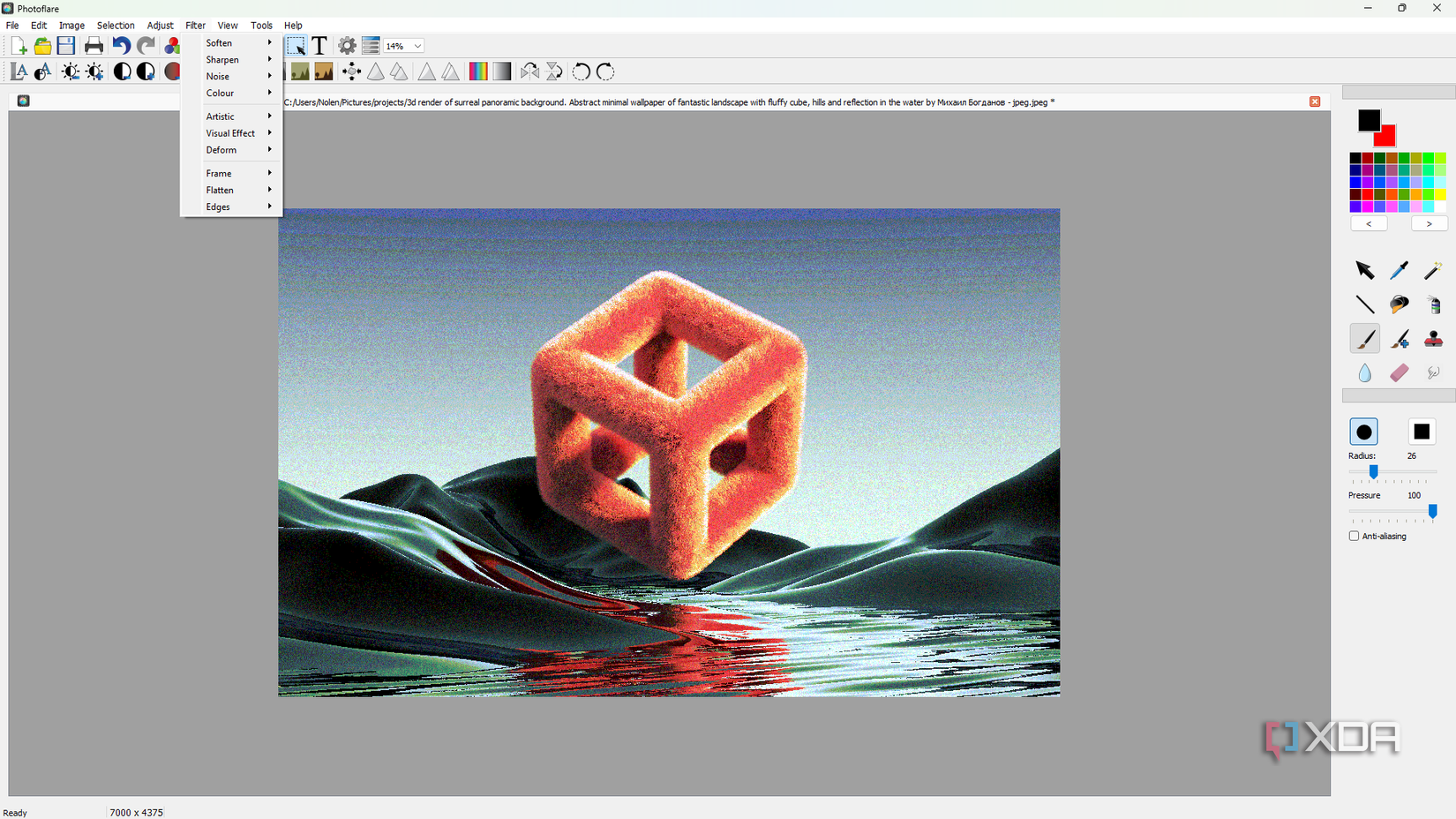Nolen began their writing career in 2019, with three years dedicated to editing the Creative section at MakeUseOf. Their expertise lies at the crossroads of technology and creativity, covering areas like photography, video editing, and graphic design.
Outside of work, you'll often find Nolen diving into a good book, writing their own stories, or playing video games.
For years, Adobe seemed like the only way to get serious creative work done. But, like many others, it didn’t feel worth it anymore. Many of the tools were overkill, I had concerns about my data privacy, and of course, I got tired of paying a subscription every month. I eventually said goodbye to Adobe for good and managed to find some decent alternatives along the way. However, I’ve been aiming to build a more dependable stack of apps that plays well with my creative process, and I’ve finally found it.
I stopped thinking in terms of individual app replacements and started thinking in terms of building blocks. Apps that not only hold their own but also work well alongside one another and fit nicely into my workflow. Here’s what I ended up landing on…
ART (Another RawTherapee)
Replaces: Lightroom for raw image editing
RawTherapee has always been known for its comprehensive suite of tools, but that’s why it can be a bit overwhelming. ART is a fork of RawTherapee that takes that same foundation but works it into something smoother and less intimidating.
Pairing ART with the rest of my graphics stack filled the role of a true raw editor. I don’t shoot or edit raw that often, which is why it didn’t make sense for me to keep paying for Lightroom. It was still important for me to have a solid and comprehensive raw editor to reach for, though. It has all the bits and bobs you could possibly need for color correction and grading, including non-destructive and batch editing, plus some extras to really push the style of your shots.

Penpot
Replaces: Adobe XD for UI and UX design
Even though XD has been abandoned by Adobe, users who got it prior to its discontinuation can still use it, as well as CC All Apps subscribers. This alone is enough reason for me to not feel secure in an app as it’s getting no updates or new features.
I discovered Penpot before canceling my Adobe subscriptions and regret not making the switch sooner. It’s practically a mirror of Figma, but open-source. There are shape and drawing tools with detailed property editing, reusable components, prototyping, plus templates and plugins. It has everything you’d expect to find in XD. It’s what I’ve been reaching for to practice UI design and other graphics work in my free time. I also love that it’s web-based so I can use it from anywhere.

Graphite
Replaces: Illustrator for vector editing
Graphite is an open-source, web-based editor that primarily handles vectors (with some raster editing abilities). It’s a non-destructive editor, and there’s also a node graph that allows more precise arrangement of your elements and better editing control. Editing nodes is almost like breaking down your edits like a blueprint, where every transformation is visible and tweakable.
On top of that, it’s really fast with a modern UI. I love open-source apps that freshen up and modernize the interface since many of them are quite clunky and bogged down. The most ironic thing about canceling my Illustrator subscription was that I’m editing vectors a lot more now than before. All it took was using tools that make vector editing fun.

Olive video editor
Replaces: Premier Pro for video editing
I’ve been doing video editing for years, and even while having my Adobe subscriptions, Premiere Pro wasn’t my go-to. It always felt a bit heavyweight. Even beyond this, I just love trying out new video editors, and I eventually stumbled across Olive. It’s open-source, cross-platform, and still in development, but already powerful enough to handle serious projects.
I love its keyframing system; it’s simple and intuitive to use. You can add keyframes via any of the Transform controls and manipulate the way your footage behaves. There’s also a graph editor which gives you more control over the keyframe interpolation. It also has some solid effects to stylize the look of your footage. Plus, it comes with a mini audio editor so you can control the sound of a video, too.

Blender
Replaces: After Effects for motion graphics

After Effects is one of those apps that feels like a lock-in tool. I’m not going to pretend that I don’t miss it or that it was easy to replace; it’s still the standard for motion graphics editing. But not all hope is lost. Blender, although primarily a 3D modeling tool, has video editing and motion graphics capabilities.
I only recently started learning how to use it for 3D editing with the help of NotebookLM, but have previously used its video editing window — it’s not After Effects, but it’s a solid stand-in. It comes decked out with all the keyframing tools you need, including all the Transform controls, Bezier curves, and a graph editor. There are also some stylistic tools such as color editing. It’s not the most intuitive interface and takes some getting used to, but Blender now remains in my kit as a multi-tool.
 Credit: Source: Blender.org
Credit: Source: Blender.orgPhotoflare
Replaces: Photoshop for image editing and graphic design

Photoflare doesn’t truly replace Photoshop as it lacks advanced features like masking and non-destructive editing. But it was a fun find nonetheless. It comes with a selection of filters for styling your shots, and also has drawing and other artistic tools for making designs. It’s fast and has zero bloat — the perfect tool for the type of editing an everyday user actually needs. I’m keeping this app around because it’s such an easy reach for simple designs. If you need something more advanced, however, then GIMP will be your go-to.

Replacing Adobe with a stack that works for me
Dropping Adobe felt risky at first. But I’ve come a long way with finding free and open-source gems to fill the gaps. Not every tool ended up impressing me or fitting well into my workflow, but I’ve finally landed on the perfect stack. Definitely check these out if you’re considering making the shift away from Adobe, too.
.png)












 English (US) ·
English (US) ·